LAGUNA, December 19, 2023 – The Special Area for Agricultural Development (SAAD) National Program Management Office (NPMO) of the Department of Agriculture and National Program Management Support Office (NPMSO) of the Bureau of Fisheries and Aquatic Resources (BFAR) conducted year-end assessment for continuous improvement practices and enhance strategy, tactics, and provide feedback loop to influence effective program decisions and make necessary changes for better implementation levels in the upcoming year.
The first part of the activity was the presentation of the proposed SAAD Phase 1 Terminal Evaluation cum Impact Assessment discussed by the SAAD-NPMO Operations, Planning, Budget, Monitoring, and Evaluation Lead Darwin Pamatmat.
The crucial results during the course of the initial phase of program implementation were deliberated and further discussed by the SAAD panel together with the representatives from the Department of Science and Technology – Philippine Council for Agriculture, Aquatic and Natural Resources Research and Development (PCAARRD) – Senior Science Research Specialist Unit Head in the Socio-Economics Research Division, Ms. Genny Bandoles and her staff, Ms. Joville Andrea Foliente.
The discussion points included the differences in direction, multi-commodity implementation, variation on timeline of implementation/beneficiary coverage, variation on data sources and baselines, validity of the impact evaluation vis-á-vis the Result-Based Monitoring and Evaluation (RBME), appropriate sample size, type of sampling, and effects and connection of components.
Ms. Bandoles stated that the study could take up to a year and a half to finish. If there is a purposive sampling of target beneficiaries, this could go faster.
She added that, in crafting terminal evaluation study, the Program must identify its unique features as a special program and its form of services to the marginalized sectors of agriculture and fishery. “Maganda kung ma-emphasize ng programa ang pagkakaiba nito sa ibang banner program ng DA, lalung-lalo na yung partnership na nabuo ng programa so we can set a parameter kung ano ang impact ng programa,” said Ms. Bandoles.
(It would be better if we can put emphasis on the uniqueness of the program from the banner programs of the DA, especially on the establishment of partnership… to determine the impact of the program).
During the interactive discussion, proposed methodologies to be used in the data collection process include Strengths, Weaknesses, Opportunities, and Threats (SWOT) Analysis, Stratification of the population, and Regression Analysis to determine if SAAD had significant effect to poverty reduction or increase of income.
SAAD FY 2023 performance review and assessment for better implementation levels
For the second part of the activity, Units and Sub-Units of the NPMO as well as the NPMSO presented their accomplishments for the pilot year of Phase 2 implementation and FY 2024 plan of activities.
SAAD National Director Ulysses J. Lustria Jr highlighted the program’s commitment to networking and strengthening collaboration with other agencies. “Isa sa mga pangunahing direktiba ng programa ng SAAD ay mapanatili at palakasin ang ating pakikipagtulungan sa ibang mga ahensya. Mahalaga na name-maintain ng programa yung partnership nabuo upang mas mapaganda pa ng programa ang implementation,” said Director Lustria Jr.
(One of the central directives of the SAAD Program is to uphold and strengthen our collaboration with other agencies. Sustaining that formed partnership is crucial for improved program execution).
In terms of targeting, proposed plans of activities including the timelines and budgetary requirements are discussed thoroughly to set the overall goals of the Program, identify opportunities for development, and which strategies to be prioritized in the next year of program execution.
The Public Relations and Development Communications (PRDC), Office of the Deputy Director, Office of the Director, Administrative and Procurement, Operations, Planning, Budget, Monitoring and Evaluation (OPBME) Unit with its Social Preparation and Program Management (SPPM), Food Production and Livelihood Enterprise (FPL), and Marketing Assistance and Enterprise Development (MAED) Sub-units; Special Concerns; and Information Technology and Database Development Unit (IDD) agreed to work hand-in-hand for the harmonization and institutionalization of policy proposals for the program’s future implementation.
BFAR NPMSO agreements
For BFAR NPMSO, agreements made were as follows:
- IDD – During the assessment, the decision was made to implement data collection mirroring on a separate tracking system. The objective is to enhance the overall data management system.
- PRDC – NPMSO has firmly committed to strengthening its collaboration with NPMO in terms of publication. This commitment underscores a dedicated effort to enhance the quality and accuracy of information through joint initiatives between NPMSO and NPMO.
- MAED – Marketing Assistance and Enterprise Development (MAED), in collaboration with the Fisheries Industry Development and Support Services Division (FIDSSD), will introduce comprehensive marketing guidelines and forms. This collaborative effort aims to establish a structured framework and support system for effective marketing strategies within the fisheries industry.
- Plan and Budget – For the plans and budget, it was mutually agreed that the target for Fiscal Year 2024 should align with the National Expenditure Program (NEP). This decision ensures a cohesive and synchronized approach to planning and budgeting.
Some of the highlights during the presentation include the creation of development communication materials for farmers to intensify program promotion in communities covered by SAAD, budget allocation for trainings and activities pipelined by the respective units, continued partnerships and engagement with other agri-supporting programs and agencies, and synchronized actions to ensure better levels of implementation.
Further, being at the forefront of the SAAD national planning and development, to provide a roadmap for program operations at all levels, the MAED, IDD, SPPM, and PRDC will release guidelines to call for structure and direction, ensuring consistency and clarity of processes of specific scenarios that the mentioned Units will take on. These guidelines will be encapsulated in one manual and will be cascaded to 15 DA regional operating units.
Concluding the activity, SAAD National Deputy Director Pedro S. Dumaraos Jr underlined the leveraging of policy evaluation which fundamentally contributes to sound public governance and helps the implementing unit understand the problems, assess potential solutions, and evaluate the impact of certain policies.
“The event that happened here is very significant. Yung mga taon-taon nating ginugugol para makapagkita-kita at makapag-usap ay napakahalaga, especially our way forward or course of action that can lead to progress. We need this kind of activity and I’m looking forward to a very prosperous year. We need more concerted efforts. May mga dapat pang baguhin at adjustment,” he said.
(The event that happened here is very significant. The time we invested yearly to convene and discuss is important, especially our way forward or course of action that can lead to progress. We need this kind of activity and I’m looking forward to a very prosperous year. We need more concerted efforts. There are still things to change and needs to be adjusted).
Moving forward, each NPMO Unit and Sub-Unit came up with agreements, incorporating the recommendations of SAAD executives to further strengthen coordination and collaboration with each unit for improved functioning and effectively deliver scope of services. ###
Writers: Jennifer Valcobero and Kathleen Faye Agonoy, SAAD NPMO Information Officers




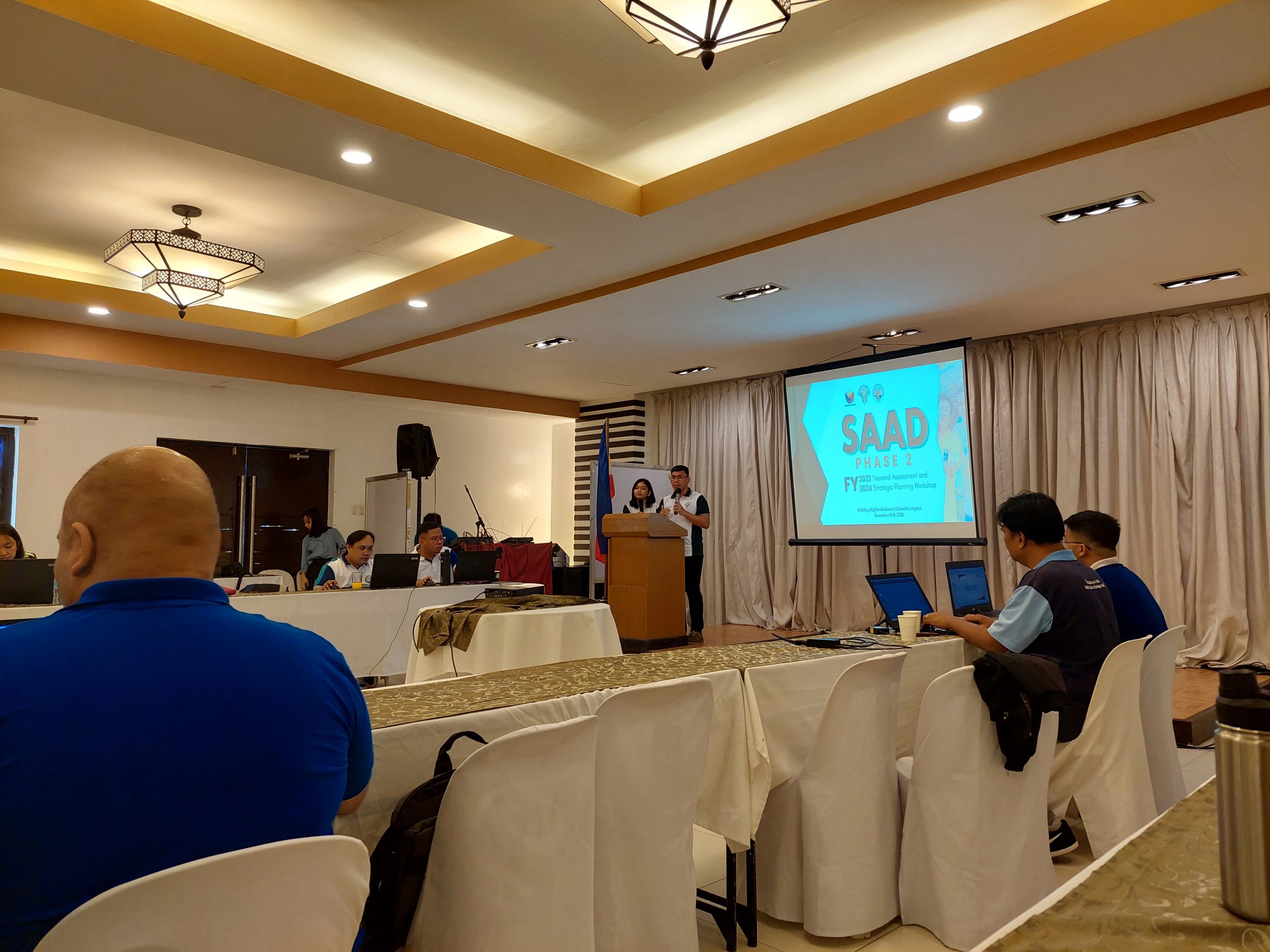
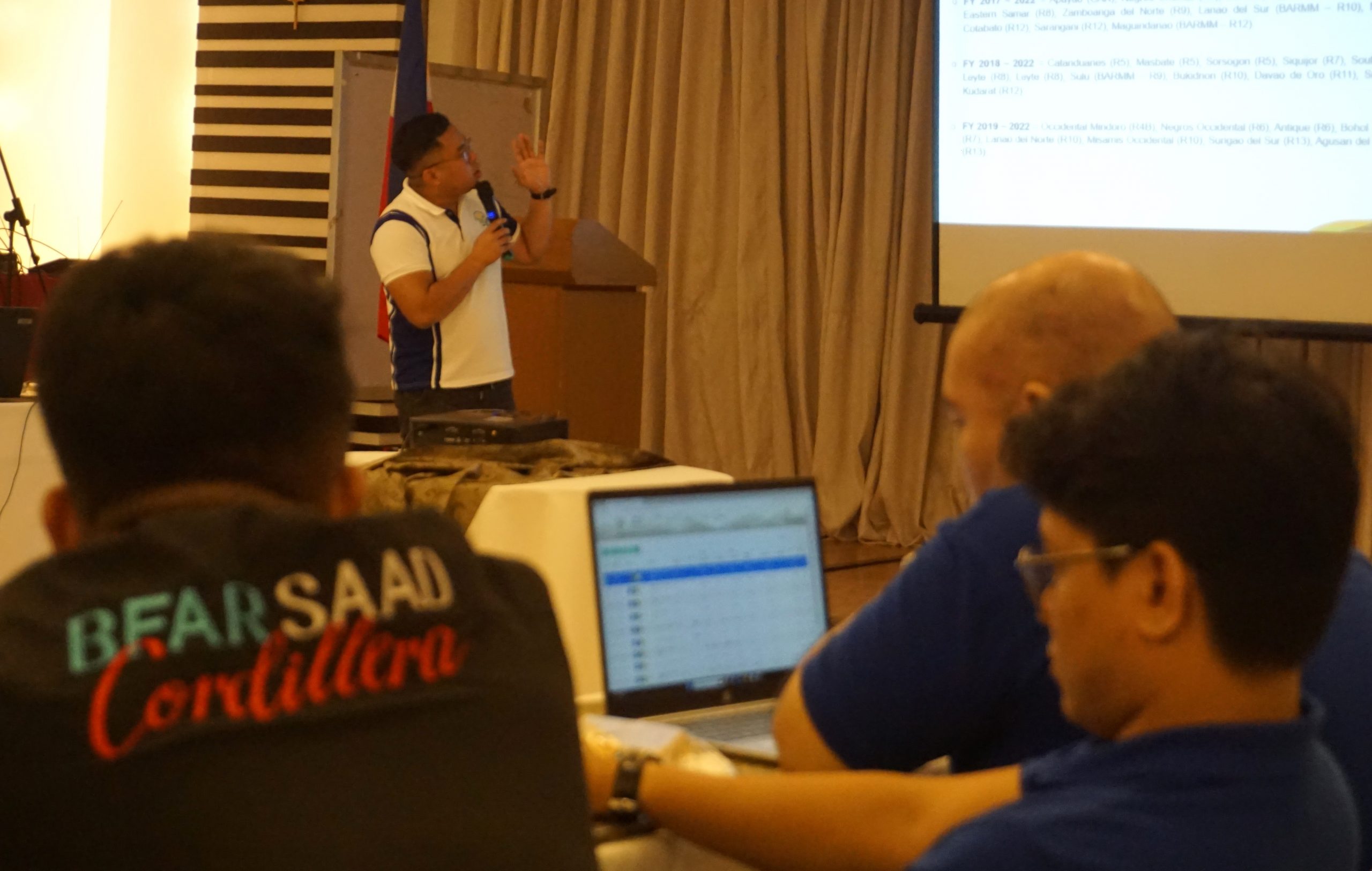
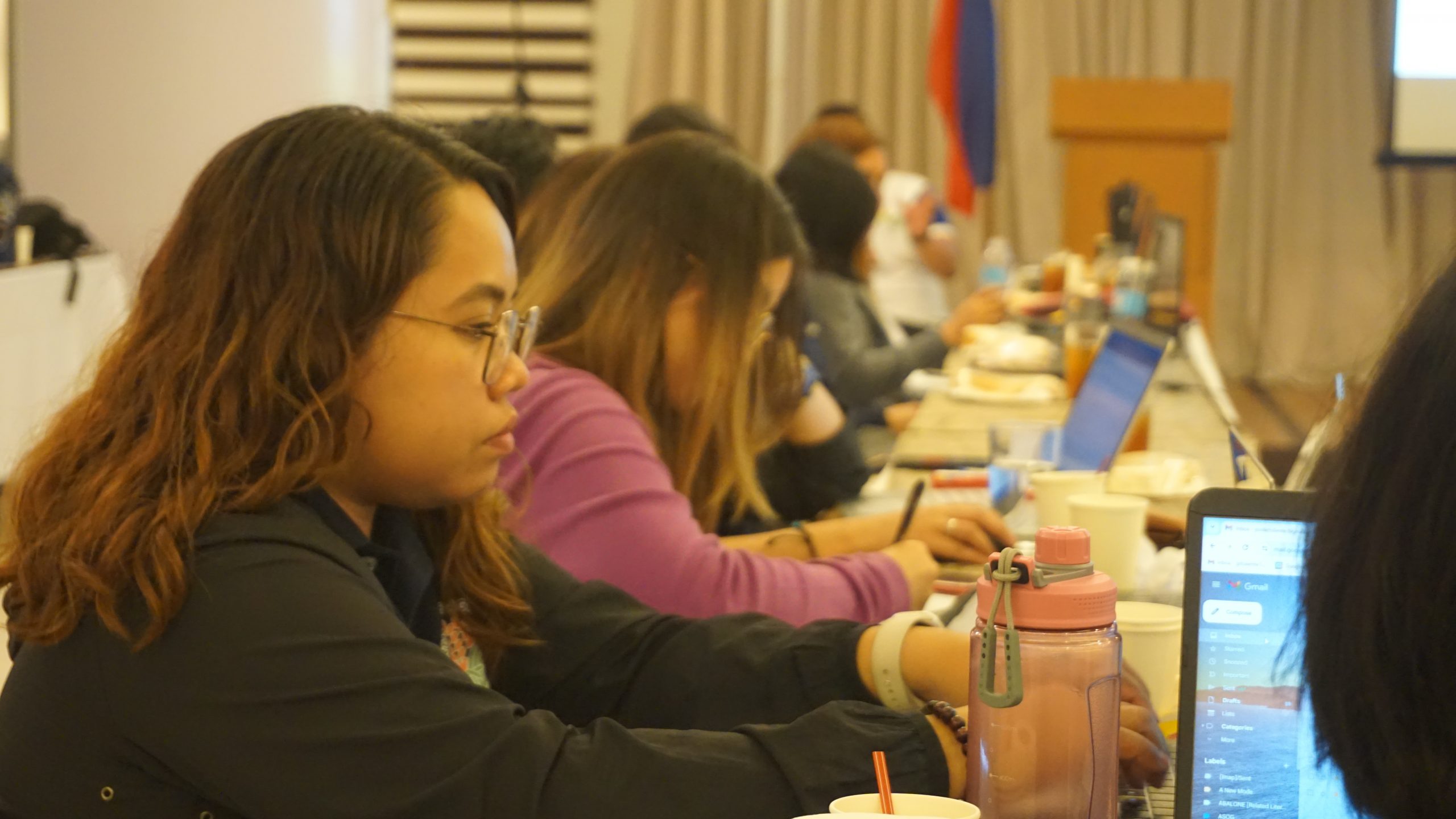

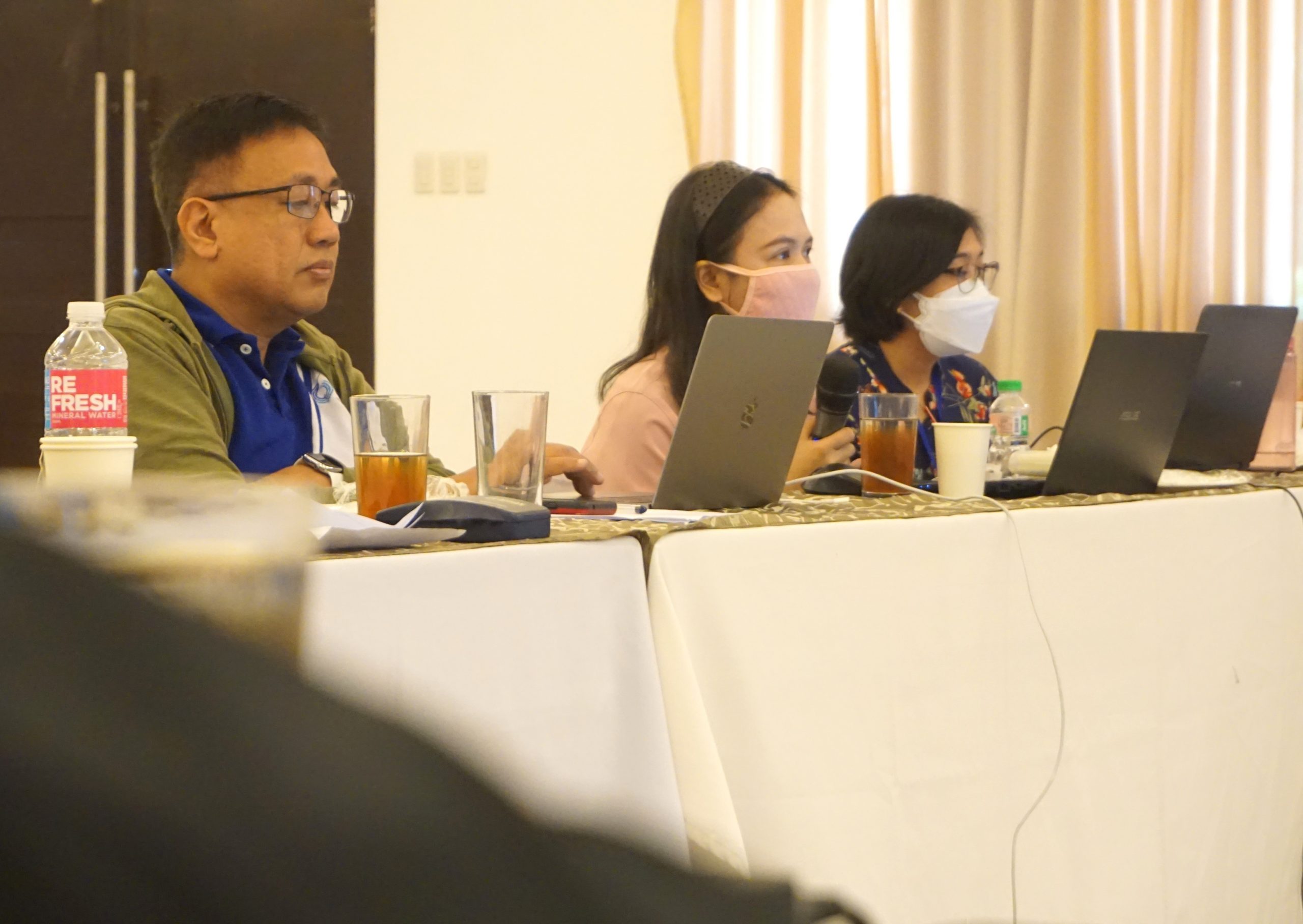
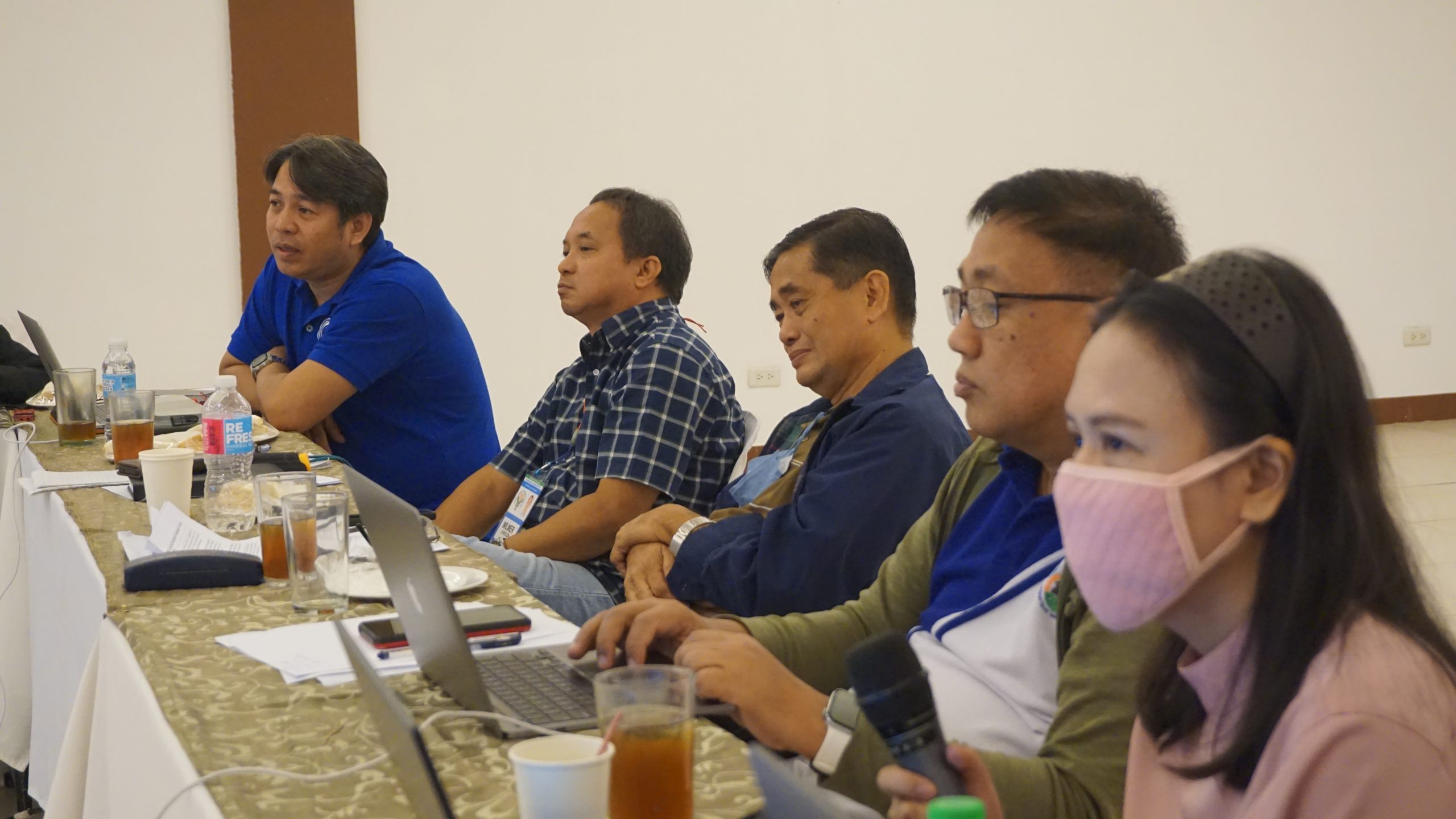
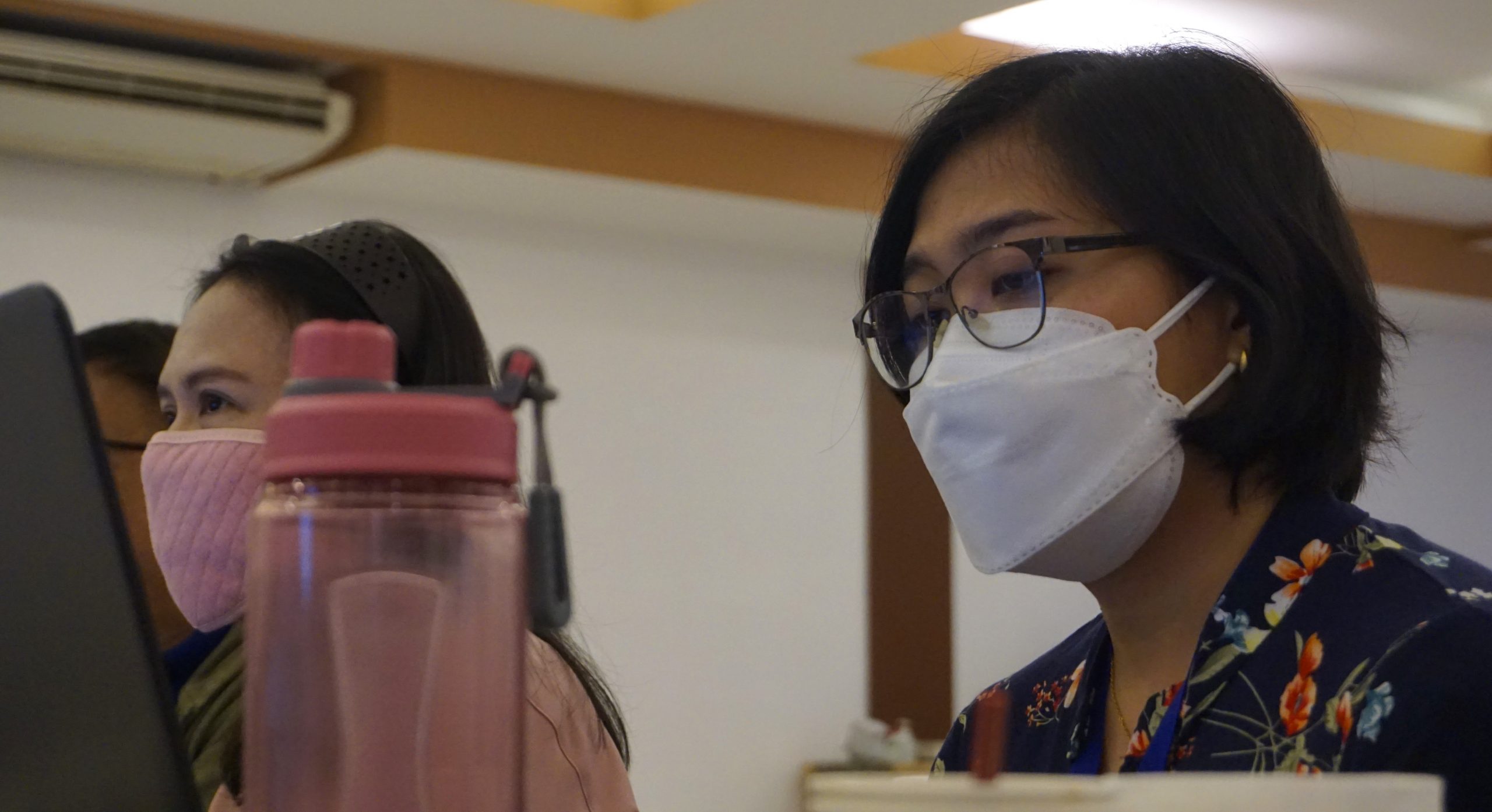









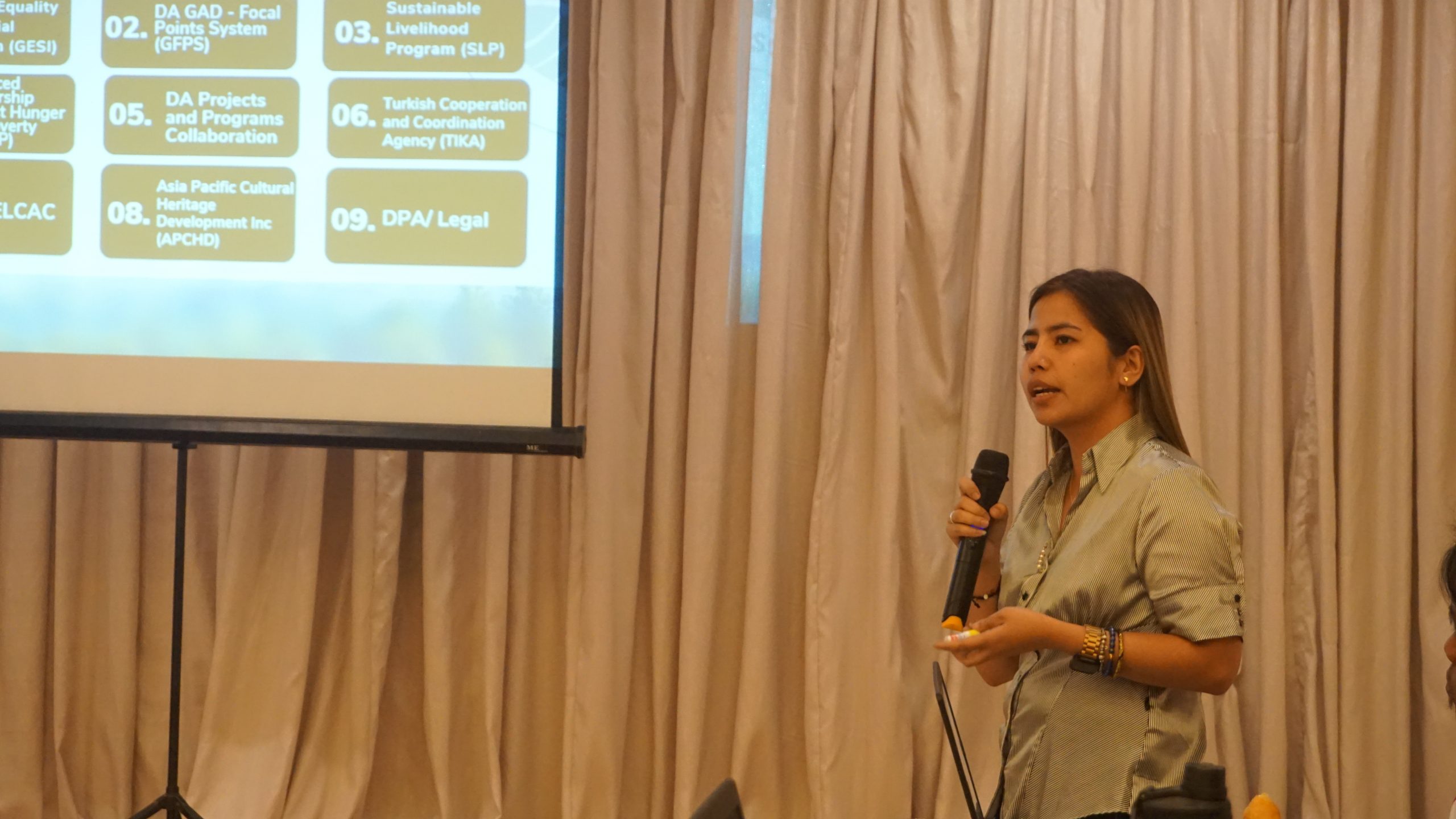
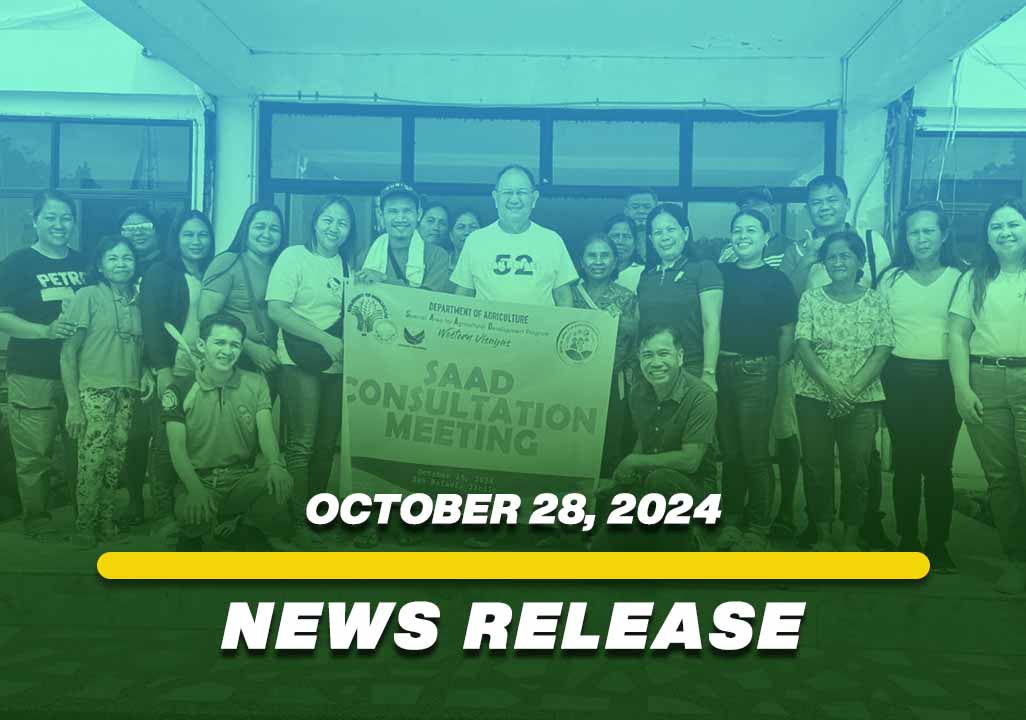
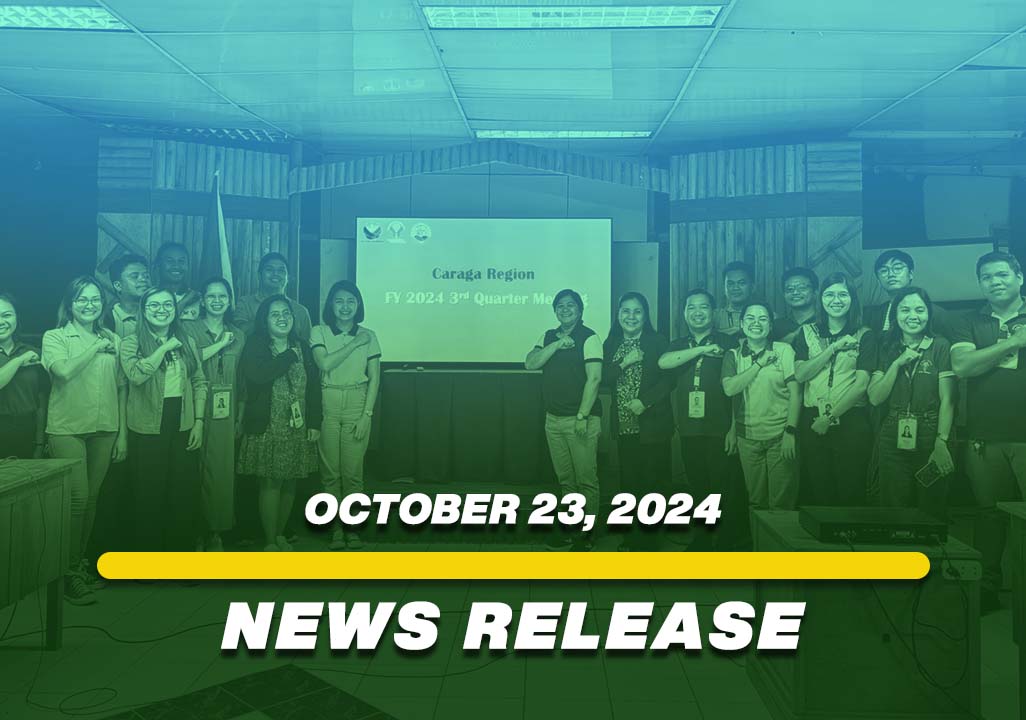
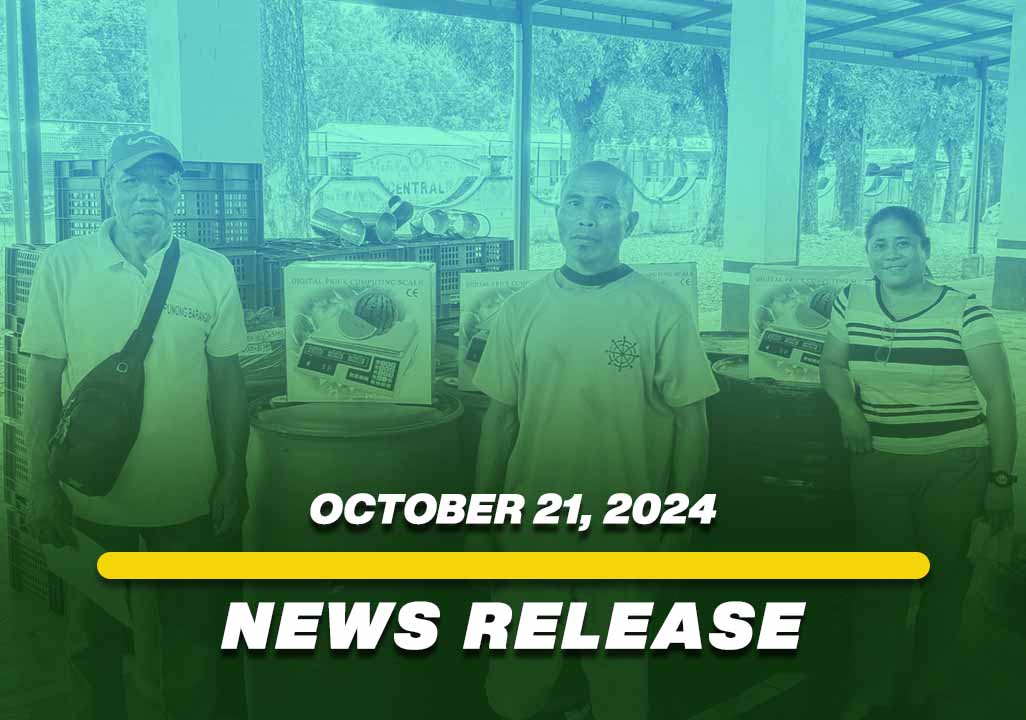
This Post Has 0 Comments